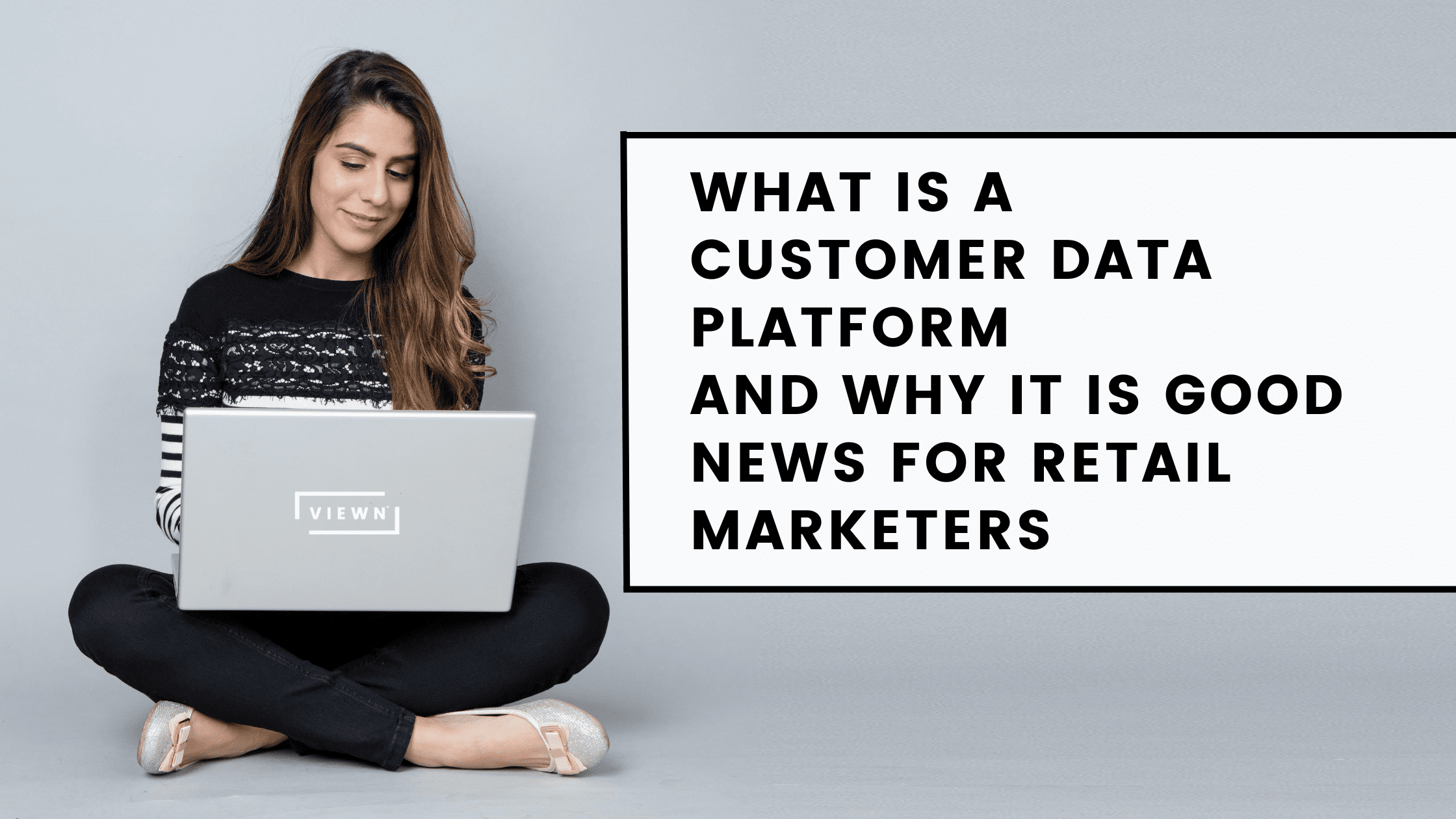In the age of big data, it’s more important than ever for businesses to have a way to collect, manage, and analyze customer data. That’s where customer data platforms come in. A customer data platform (CDP) is a software solution that helps businesses unify their customer data from multiple sources and get insights that can help them improve their marketing efforts.
For retail marketers, a CDP can be a game-changer. It can help you understand your customers better and target them with more personalized and relevant messages. Even better, a CDP can automate some of the tedious tasks involved in managing customer data, freeing up your time to focus on other things. If you’re not already using a CDP, now is the time to consider one for your business.

The customer data platform and its key features
As a retail marketer, you likely rely on customer data to inform your marketing efforts and drive business success. But managing and leveraging such data can be a challenging task. That is where a CDP comes in; it is a centralized platform that allows you to integrate and manage customer data from multiple sources. With the help of a CDP, you can gain a comprehensive view of your customers, including their behavior, preferences, and interactions with your brand. This provides an opportunity for more targeted marketing campaigns, which leads to enhanced customer loyalty and sales. Ultimately, a CDP offers an efficient way to manage customers’ data and make informed decisions about marketing initiatives.
How a CDP can benefit retail marketers
As customer experience (CX) increasingly influences customer loyalty and purchasing decisions, retail marketers have been on the lookout for new technologies to help personalize the customer journey. A CDP can be invaluable in ensuring that customer data is properly organized, integrated, and utilized to send rationalized communications that resonate with consumers. For example, by collecting customer behavior data across all channels and connecting it with a unified customer profile, CDPs enable holistic customer segmentation tailored to individual shoppers’ preferences. Moreover, integrating customer Loyalty information via a CDP empowers marketers to send personalized offers and promotions, improving customer engagement and boosting revenue growth.
Today according to Retail Touchpoints, only 45% of brands currently use customer data to drive promotions or personalization. The trend will only increase as marketing technologies get easier to use.
How a CDP can help retailers create a more seamless customer experience
A CDP can greatly improve the customer experience by helping retailers become more aware of customer journeys and behavioral interactions. With access to customer data, retailers can use segmentations to target customers better and deliver personalized experiences that will keep them coming back. The more detailed customer data provided by a CDP allows retailers to know their customers individually and craft tailored experiences that increase customer satisfaction. Additionally, CDPs act as a single source of truth, allowing retailers to easily access customer profiles and better optimize systems throughout the customer experience. Ultimately, implementing a CDP can help retailers create an optimized and seamless customer experience.
Examples of how retailers use CDPs to improve their business
Retailers are increasingly leveraging CDPs to gain deeper insights into their customer data and drive more value from them. For example, leading eCommerce sites such as Amazon and Walmart use CDPs to understand better customer browsing, buying, and payment behaviors across segments.
Additionally, many physical stores have integrated CDPs into their POS systems, giving them a better view of the in-store customer experience while providing personalized promotions that further incentivize customers at the point of sale. By leveraging CDP tools like segmentation, dynamic messaging, and real-time personalization capabilities, retailers can identify high-value customer goals and deliver customized experiences tailored to their individual shoppers. All these strategies help increase operational effectiveness over time, resulting in improved profitability for retailers.
Tips for getting started with a CDP in your organization
Implementing CDP within an organization can provide marketing teams with invaluable insights and improve customer engagement. To get started, it is best to involve the CMO in this process early and often. The marketing team will be integral in using the CDP to understand customers’ wants and needs better, so listening to the marketing team’s feedback and ideas on how the CDP should be used will be important for successful implementation. After designing a plan, it’s time to define your goals for using the CDP and what metrics you expect from it over time. Getting started can seem daunting, but focusing on these essential steps for initial setup could put marketing teams on track toward increased customer loyalty and improved marketing results. Reach out to us to learn more.



